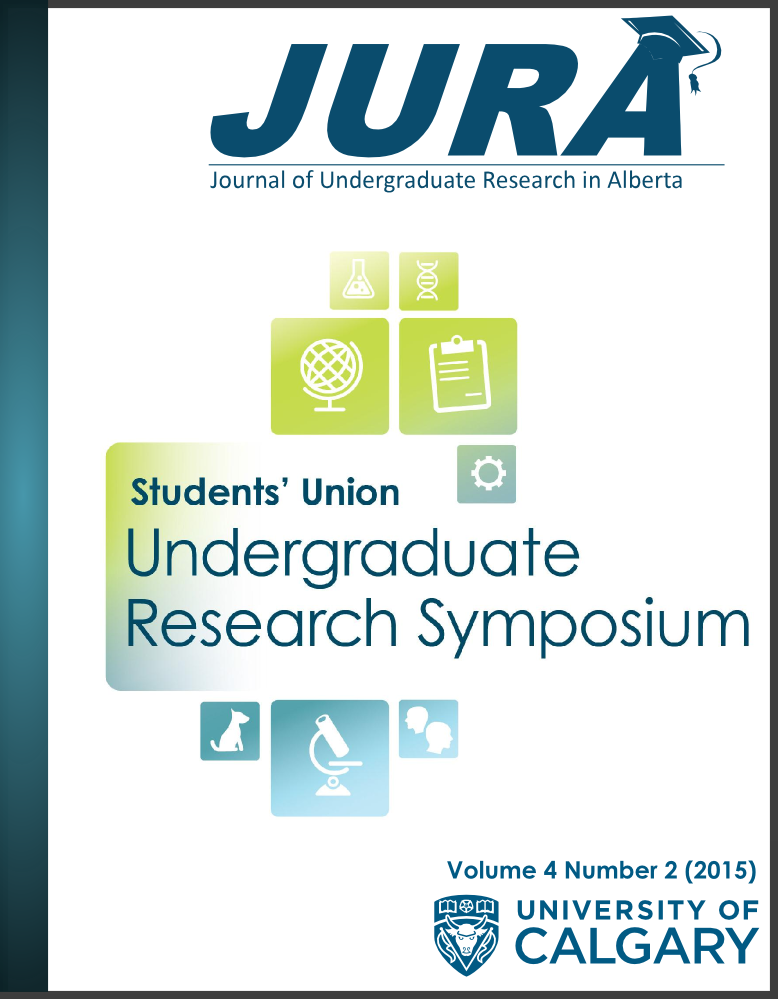Food Security in Cuba: A Comparison of TRDs, Bodegas, and Agricultural Markets
Abstract
After the collapse of the Soviet Union, Cuba entered a period of economic hardship known as the Special Period in Times of Peace. Since then, changes in Cuba’s food policy have reflected a shift away from strictly regulated food rationing to a mixed system including the libreta system or rationing as well as agricultural markets and stores using convertible pesos (TRDs). This system has lead to overall greater food security but also greater disparities in food accessibility. This study reviews and analyses food prices in bodegas, agricultural markets, and TRDs in several municipalities in Cuba. Most of the food items found in the TRDs were unavailable in bodegas and agricultural markets. This confirmed a trend in which more food items are becoming available only in TRDs. In addition, TRDs only accepted converted pesos (CUCs) as opposed to national pesos (CUPs), creating a disparity between those with access to the tourism industry and those who do not. While food availability is greater than it was in the early 1990’s, there are still issues surrounding food access for those without access to CUCs, linking food security to the tourism industry in Cuba. However, policy changes regarding currency unification and changes regarding the libreta system will impact food security issues in the future.
Downloads
References
Benzing, C. (2005). Cuba: Is the "Special Period" Really Over? International Advances in Economic Research, 11(1), 69-82. doi: 10.1007/s11294-004-7169-6
Carter, A. (2013). Cuba's Food-Rationing System and Alternatives (Rep.). Retrieved http://cip.cornell.edu/dns.gfs/1358372032
Cuba. (2014). Retrieved from http://www.hrw.org/americas/cuba
Cuba to ditch complicated dual-currency system. (2014, January 21). Retrieved from http://www.worldfinance.com/banking/cuba-to-ditch-complicated-dual-currency-system
Food Security. (1996). Retrieved from http://www.who.int/trade/glossary/story028/en/
Fuerte, C. (2014, May 9). Cuba Has a New Unified Payment System. Retrieved from http://www.havanatimes.org/?p=103531
Gott, R. (2004). Cuba: A new history. New Haven: Yale University Press.
Hirsch, F. (2005). Empire of nations: Ethnographic knowledge & the making of the Soviet Union. Ithaca: Cornell University Press.
Jiménez Coico, K. (2014). Perfil de Cuba (Publication). CEPEC.
Mesa-Lago, C. (2006). The Cuban Economy during the Special Period and Beyond. Cuban Studies, 37(1), 159-178. doi: 10.1353/cub.2007.0008
Ross, J. E. (2004). Food Security in Cuba. In Cuba Today: Continuity and Change Since the Período Especial (pp. 115-125).
Salario Medio en Cifras (Publication). (2012). Havana: Oficina Nacional de Estadísticas.
Spadoni, P., & Sagebien, J. (2013). Will They Still Love Us Tomorrow? Canada-Cuba Business Relations and the End of the US Embargo. Thunderbird International Business Review, 55(1), 77-93. doi: 10.1002/tie.21524
SPAR. (2014). Retrieved from http://www.spar-international.com/
Valdes, R. T. (2013, July 12). Cuban food ration system marks 50 years amid controversy. Retrieved from http://www.reuters.com/article/2013/07/12/us-cuba-reform-ration-idUSBRE96B0NP20130712
Wilson, M. (2012). The Moral Geography of Food in a Dual Economy. Caribbean Geography, 17(1), 17-25.
Wilson, M. L. (2014). Everyday moral economies: Food, politics and scale in Cuba.
Downloads
Additional Files
Published
Issue
Section
License
Authors retain all rights to their research work. Articles may be submitted to and accepted in other journals subsequent to publishing in JURA. Our only condition is that articles cannot be used in another undergraduate journal. Authors must be aware, however, that professional journals may refuse articles submitted or accepted elsewhere—JURA included.


